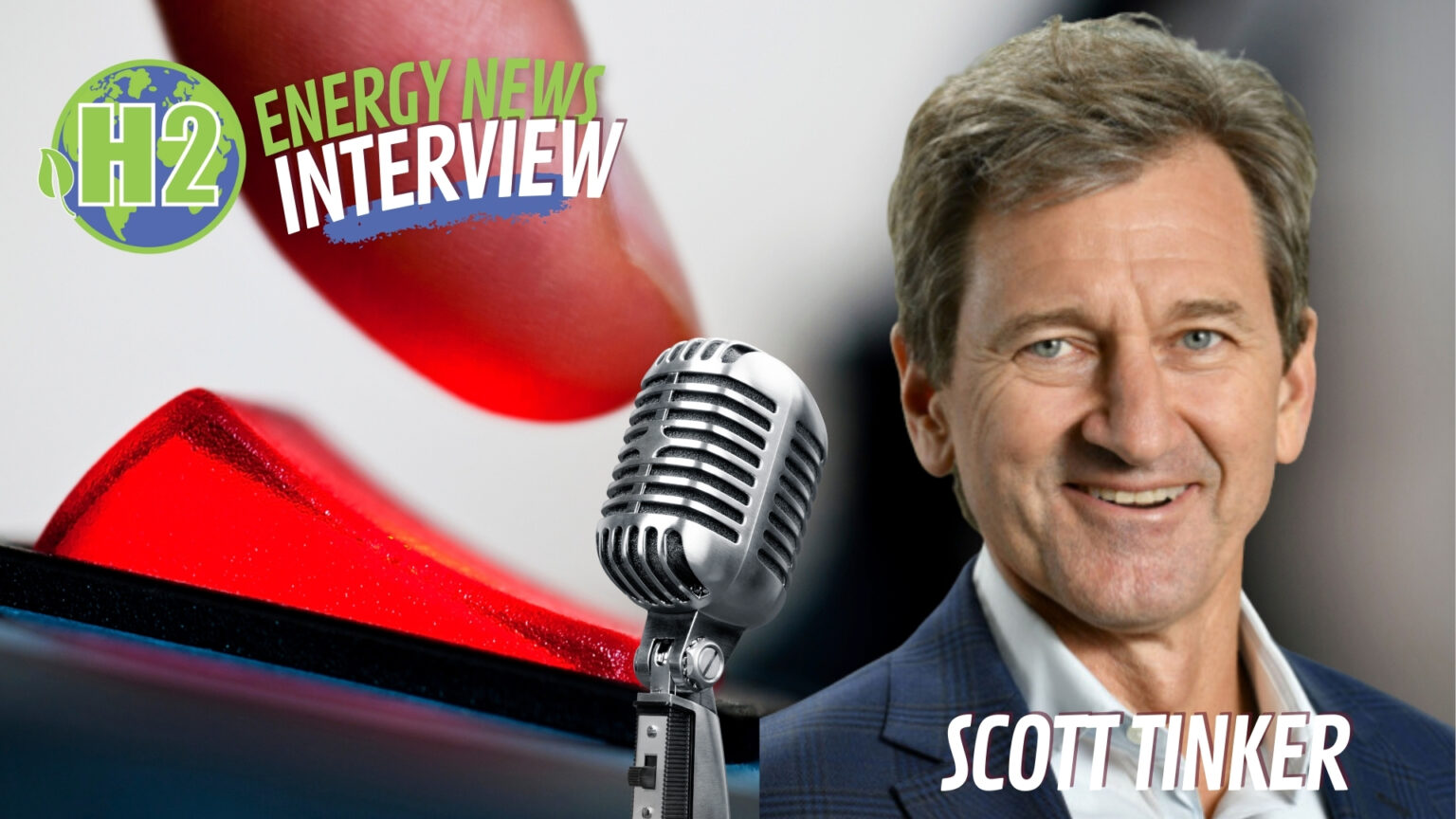In a recent interview, renowned energy expert Dr. Scott Tinker discussed crucial aspects of the evolving landscape of clean energy.
Dr. Tinker delves into the complexities of CO2 sequestration, highlighting the process of compressing it into a supercritical phase for transportation and storage. This method incurs costs across the supply chain, raising questions about funding sources. Achieving CO2 reduction requires a multifaceted approach. Dr. Tinker emphasizes the need for a combination of energy sources such as nuclear, solar, wind, hydro, and low-emission gas, each playing a role in building a sustainable energy future.
The timeline for hydrogen becoming cost-competitive with batteries in transportation is contingent on various factors, including battery costs and geopolitical circumstances. China’s dominance in battery metals is identified as a potential risk to this transition.
The scalability of hydrogen production depends on factors such as demand growth, geopolitical circumstances, and addressing challenges related to transportation, storage, and safety. The cost-effectiveness of natural hydrogen hinges on its location concerning demand. Transportation expenses significantly impact its viability, making it more of a regional solution.
Hydrogen, sourced from water or methane, has the potential to reshape geopolitics by reducing dependence on specific regions for energy resources. Dr. Tinker emphasizes the role of nuclear energy in this transition.
Watch the full conversation:





